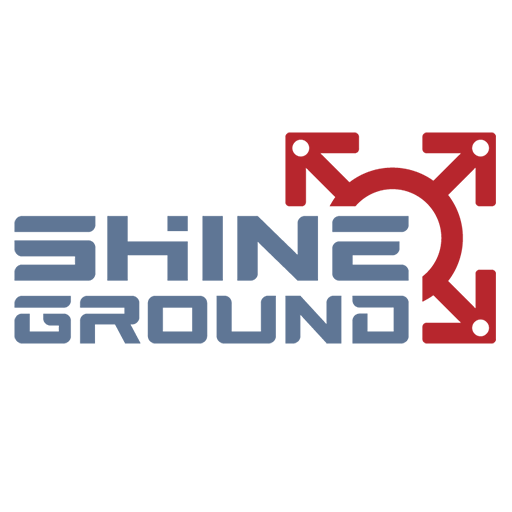Aluminium profiles are widely used across industries due to their versatility, strength, and lightweight properties. From industrial automation, construction, and furniture design to DIY projects, the applications of aluminium profiles are virtually limitless. Among the various types of aluminium profiles, some are more commonly used than others due to their ease of use, flexibility, and cost-effectiveness. So, what is the most common aluminium profile, and why is it so popular? Let’s dive into the details.
1. T-Slot Aluminium Profiles
The T-slot aluminium profile is by far the most common and widely used type of aluminium profile. Known for its modular design, this profile consists of a set of grooves running along the length of the profile, which allows easy insertion of fasteners and components. T-slot profiles are commonly used in industrial automation, machinery construction, and workbenches due to their high flexibility and ease of assembly.
The reason T-slot aluminium profiles are so popular is because they allow users to quickly assemble, modify, and reconfigure structures without the need for welding or specialized tools. This makes them ideal for customized designs and DIY projects. T-slot profiles also come in various sizes, which means they can be tailored to suit different project requirements.
2. Hollow Aluminium Profiles
Hollow aluminium profiles are another common choice for a wide variety of applications. These profiles are often used in structural frames, window frames, facades, and doors due to their excellent strength-to-weight ratio. The hollow structure helps reduce the weight of the material while maintaining structural integrity, making it ideal for projects that require both strength and lightness.
Hollow profiles are also favored for their aesthetic appeal and versatility. They can be used in architectural applications to create sleek, modern designs while offering durability and ease of maintenance. Additionally, hollow aluminium profiles are often anodized or powder-coated to provide extra corrosion resistance and weatherproofing for outdoor applications.
3. Angle Aluminium Profiles
Angle aluminium profiles are commonly used in machinery and construction projects. These profiles are ideal for creating structural frames and supports. They are usually L-shaped, allowing for easy assembly of right angles in projects that require rigidity and strength.
Angle profiles are often used in industrial structures and workstations, as they can easily provide the necessary stability and support. Their simple design makes them easy to work with, and their cost-effectiveness makes them a popular choice for large-scale applications.
4. Flat Aluminium Profiles
Flat aluminium profiles are also commonly used in a variety of industries. They are often used in construction, machinery, and transportation applications. These profiles are essentially flat bars made of aluminium that can be used for a wide range of purposes, including as brackets, supports, and guides.
The flat design makes them ideal for precision applications, as they provide a smooth, even surface for mounting or fixing components. These profiles are easy to cut and customize, making them a versatile option for projects requiring tailored dimensions or specific applications.
5. Custom Aluminium Profiles
While standard aluminium profiles are incredibly common, there is also a growing demand for custom aluminium profiles. These profiles are designed to meet specific requirements for unique projects, and they can be made in a wide variety of shapes, sizes, and configurations. Custom profiles are often used in automated machinery, specialized furniture, and architectural designs where standard profiles may not meet the required specifications.
Thanks to advancements in manufacturing technology, producing custom aluminium profiles has become more affordable and accessible, allowing businesses and designers to create truly one-of-a-kind solutions.
Why Are These Profiles So Popular?
The widespread use of these aluminium profiles can be attributed to their strength, lightweight nature, cost-effectiveness, and easy customization. They offer a level of flexibility and modularity that allows designers and manufacturers to adapt to changing requirements with ease. In addition, aluminium profiles are often eco-friendly and recyclable, making them a sustainable choice for modern industries.
In conclusion, the most common aluminium profiles—T-slot, hollow, angle, and flat profiles—are used extensively across industries due to their flexibility, strength, and affordability. Whether for industrial automation, construction, or furniture design, these profiles provide essential benefits such as modularity, easy assembly, and aesthetic appeal. Custom aluminium profiles are also increasingly popular for specialized applications.
At Shine Ground, we offer a wide range of standard and custom aluminium profiles tailored to meet the needs of your project. Contact us today to learn more about how our aluminium profiles can enhance your designs!


